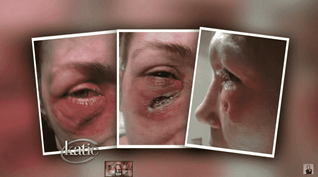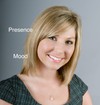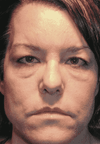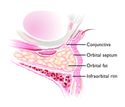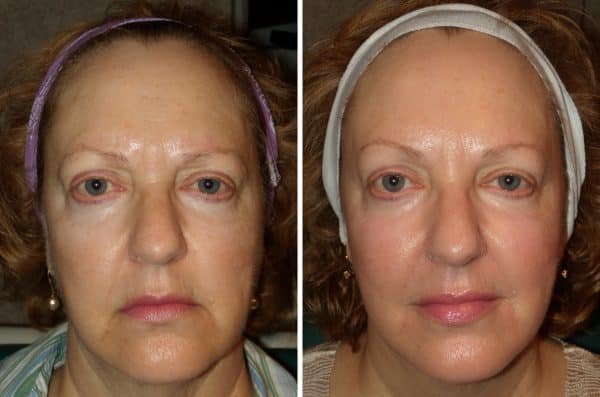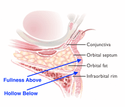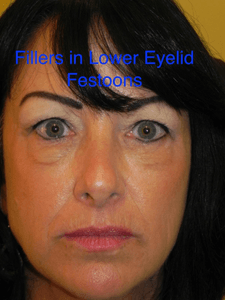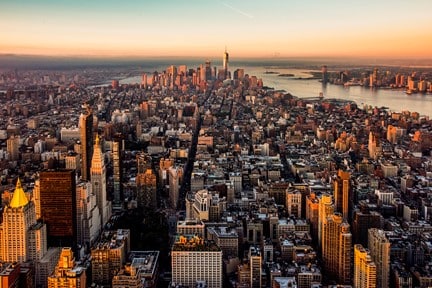
NYC is home to some of the best physicians in the country. But even these top physicians get it wrong when it comes to fillers under the eyes. Fillers should only be used under the eyes in very rare situations for a small subset of younger individuals who have hollowing in the tear trough (near the nose) area of the lower lid.
The bottom line for the rest of us: Don’t do it.
Fillers under the eyes are almost always a mistake and can lead to devastating results for some.
Let’s look at the underlying issue patients are trying to solve with fillers.
We are very social beings and often evaluate one another for non-verbal social cues. When our brains see another person, we quickly assess their faces for these cues.
We tend to evaluate the eyes and mouth first and the skin and facial contours second.
With age, our eyes can develop pouches or bags underneath them.
This condition is due to a few factors, including growing fat around the eyes with age, relaxation of the ligament that holds the periocular fat in a place called the orbital septum, and changes in the fat pads in the cheeks.
One or all of these factors cause puffiness to develop under the eyes and give the impression that a person appears tired, old, or sick.

This is the last thing we would want others to perceive in us. We want to be perceived and energetic and vital, but the aging process tends to make our eyes communicate otherwise.
Soft tissue fillers like Restylane, Juvederm, Belotero, and Teoxane have often been used to restore lost facial volume in the lips and face. Fillers can be powerful tools for facial rejuvenation.
But all too often, even top NYC physicians and other practitioners are seduced into believing that soft tissue fillers are an option to improve under-eye bags.
However, the most common lower eyelid condition occurs with age and involves puffiness under the eyes.
Many practitioners have been seduced to think that soft tissue fillers are an option to help improve under eye bags. This is because the lower lid bags can be seen as being puffy above and hollow below at the same time.
These practitioners will try to camouflage the puffiness under the eyes by filling in the depression underneath, which results in the whole lid becoming puffy. Almost daily, I see patients that need me to dissolve the filler they had put under their eyes because their eyes now look worse.
Some patients end up with a Tyndall effect, which is a blue cast under the eyes. This blue cast is evident and difficult to hide with makeup.
The best option is to surgically flatten the puffiness so that the lower eyelids appear taut and flat. When festoons accompany lower eyelid puffiness as they often do, lasers help flatten eyelid festoons and malar mounds. These is called RESET for Festoons.

Find a physician with extensive experience in eyelid rejuvenation or an oculoplastic surgeon and be cautious of any physician, no matter how well-known (or other cosmetic practitioner) in NYC, who says they can help improve your bags, fix festoons, hollowness, or puffiness using under-eye fillers.

